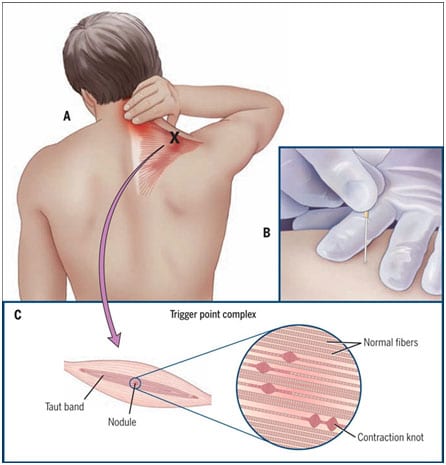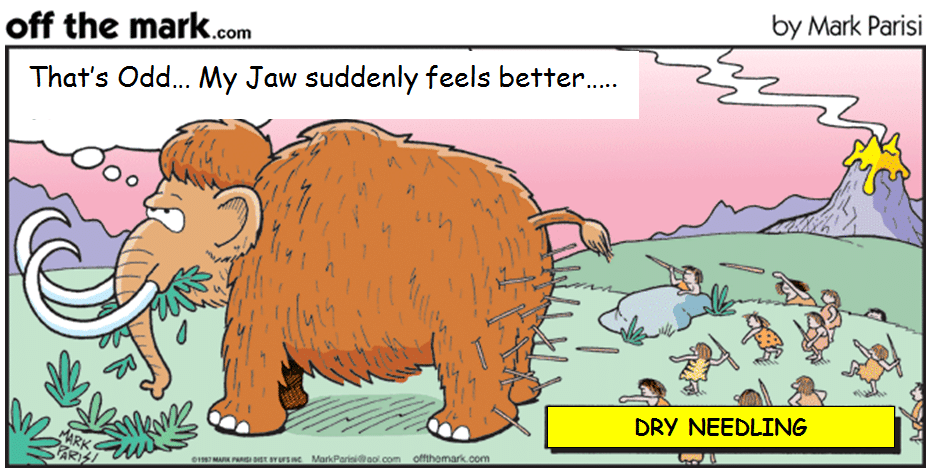Ever had a tight feeling over the calf muscles after your run? And that tightness can’t seem to go away even after religiously stretching out the muscles or in some cases, a deep tissue sports massage? Or if you’re like some who may have a chronic back pain that you can’t shake off and has been bothering you for as long as you can remember? If you can relate to any of these examples, perhaps you could give dry needling a go.

What causes these tightness?
Trigger points (TrP) are contracted “knots” over your muscles that are hypersensitive and tender when palpated. These points can be formed as a result of direct injury or developed over a long period of time due to overuse injury or poor posture. In the case of a runner above, constant training with very little intervals for rest may be a contributing factor to these trigger points forming in the calf muscles, even though they stretch after.

So, what does dry needling do?
Dry needling is a muscle therapy technique where the procedure is to use a thin “filament needle” as a medium, inserted into these trigger points. Essentially, the goal of dry needling is to achieve a localised “twitch” response in the muscle as the practitioner uses the needle to release the trigger point(s). This will then cause a release of muscle tension and relief of pain. Dry needling can help to improve clinical conditions such as chronic low back pain, shoulder impingement syndrome, chronic ankle instability and more.

In general, dry needling is a safe and systematic procedure. At Spinefit, we use new sterile and disposable needles during each dry needling session. Most of our practice members (and internal team) who have gone through a dry needling session, feel little to no pain during the process. A common post treatment effect would be muscle soreness, red spots, mild bruising and slight discomfort over the area of treatment for 1-2 days. All of these effects are completely normal and it often takes some getting used to, especially if the muscles have been very tight for a long period. The practitioner will give post-treatment advice at the end of every session to reassure the practice member on the effects of dry needling.
If you’d like to find out more details on how dry needling may help you or if you’d like more information on this technique, contact our team and make your initial consultation with our Doctors of Chiropractic today!
Editor’s Note: I have personally undergone a few dry needling therapy sessions with our certified Rehab Specialist, Jer Shin on my calf muscles. I have to admit, I will never enjoy the feeling of needles poking my skin or the “twitching” sensation, but over time, I have come to see the benefits of dry needling. My muscles are less tight now and my running form has also improved! – Keith

